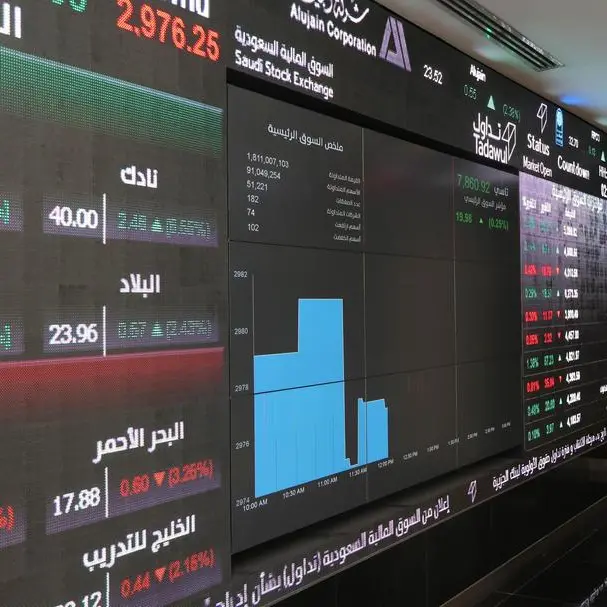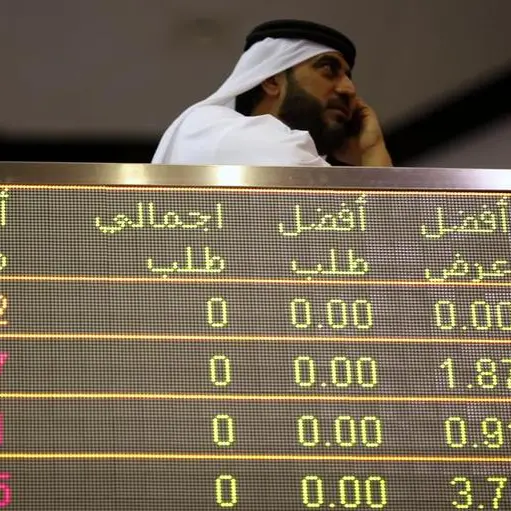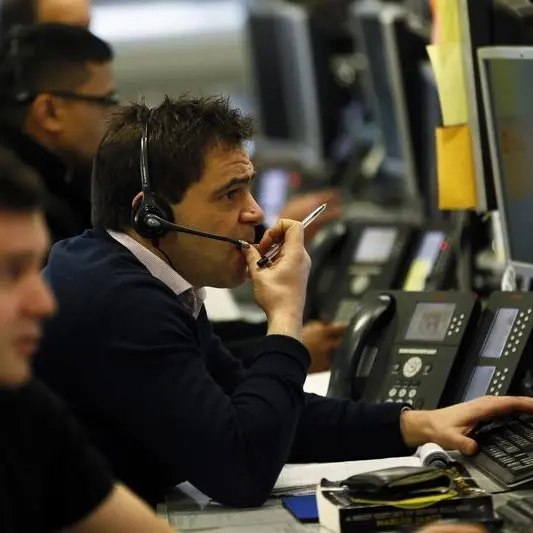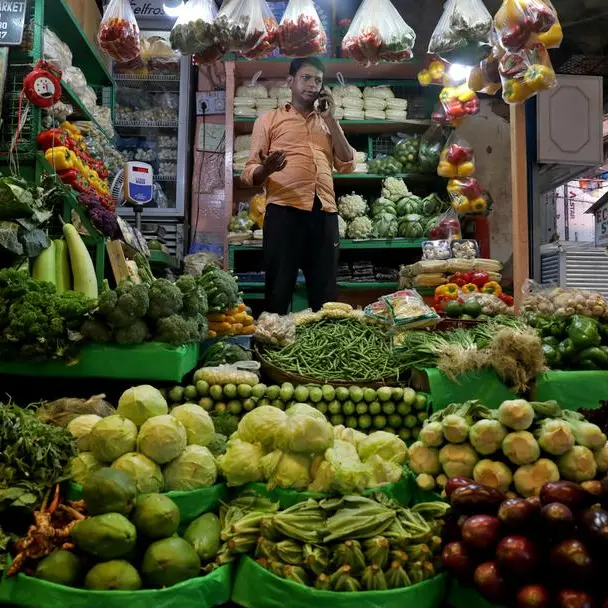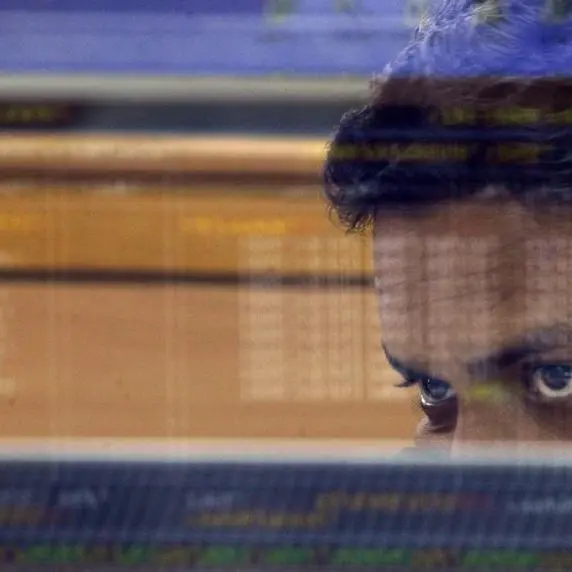PHOTO
Local demand should help ensure Saudi Aramco’s initial public offering, potentially the world’s largest ever share sale, will be fully subscribed even if participation from international investors is relatively muted.
The IPO, which begins on Sunday, will allocate shares in two tranches – one for institutions and another for individuals. To participate as an individual, investors must be Saudi, GCC nationals or Saudi residents.
Aramco will then list on Riyadh’s bourse. Saudi’s market regulator has also provided an exemption that enables non-resident institutional foreign investors to subscribe, while the IPO share price and size of the stake sold will be finalised after the company has completed the book-building process.
Crown Prince Mohammed bin Salman, the driving force behind Aramco’s flotation, has long touted a $2 trillion valuation for the state-owned oil producer. Such a valuation seems stretched with Brent crude prices hovering below $65, but were that to be achieved, a 1 percent stake sale would raise $20 billion. China’s Alibaba sold $25 billion of shares in an IPO in 2014 to be the world’s largest.
Following the IPO, Aramco plans to sell a further 3-4 percent - up to a cumulative total of 5 percent - locally and internationally from 2020, meaning Saudi could raise up to around $100 billion in total.
“We believe that there will be ample demand from local investors, individuals and institutions alike,” said Shakeel Sarwar, Head of Asset Management at Bahrain’s SICO.
“As Aramco is the crown jewel of Saudi Arabia, local individuals seem to have a deep interest. As it seems to be offered at a valuation which offers a dividend yield of 4-5 percent, it will be viewed positively.”
Aramco’s long-awaited listing has proved a drag on the local market, with the main stock index down 15.4 percent since Mid-May’s four-year high, trimming its 2019 gains to just 2.0 percent.
“You can see from the index performance of the past two months that the impact of Aramco’s IPO on the wider market is largely already priced in,” said Hisham Tuffahah, Chief Investment Officer at Riyadh’s Osool & Bakheet.
“People have been waiting for the IPO announcement – they’ve already sold some of their other holdings to participate but given that we’ve seen big IPOs like NCB in the past it’s hard to believe the market will suffer too much.”
State-run National Commercial Bank’s (NCB) 2014 IPO was oversubscribed by 16 times, attracting nearly $83 billion of orders for a $6 billion share sale.
According to research by SICO, net foreign inflows to the Saudi market have topped $20 billion this year, with most of this selling coming from local investors – partly in order to subscribe to Aramco’s IPO.
Tuffahah said Saudis would not struggle for cash to invest in the IPO, citing the kingdom’s $456 billion of M2 money supply and ample bank liquidity that will potentially be available to lend to Saudis wishing to borrow to subscribe.
“The valuation will determine by how much the IPO will be oversubscribed – whether it will be fully sold is not in doubt,” said Tuffahah. “Local investors will subscribe even Aramco is valued at $2 trillion.”
Saudi Arabia’s banking regulator has asked local banks about their exposure to Aramco ahead of an expected rush by retail investors to participate in the IPO, Reuters reported in early October citing unidentified sources. Up to 7 million Saudis will likely subscribe to the share sale, the sources said.
“The IPO is unlikely to significantly drain liquidity from the stock market,” said Sarwar.
“While we believe that there will be some weakness in the market as some investors try to cash out from existing holdings, foreign active investors are likely to come to pick up fundamentally attractive stocks, thereby cushioning the impact.”
Uncertainty remains over the extent of foreign investor participation in an IPO that will be the culmination of a multiyear reform programme for Saudi’s bourse. Direct ownership of Saudi stocks by qualified foreign investors (QFIs) was permitted from 2015, one of several improvements that led the kingdom to be included in the MSCI and FTSE Russell Emerging Market indexes from this year onwards.
As of September, Saudi had around 1,500 registered QFIs, a bourse spokesman told Zawya via email. Foreign investors were net buyers of 17.8 billion riyals of shares from January to September inclusive, the spokesman revealed.
“If Aramco lists 1-2 percent, I don’t think it’ll have a major impact in terms of inflows from foreign investors because Aramco will later list internationally so why should they rush now?” said Tuffahah.
“Foreign investors will likely be cautious and see what happens to the stock over the first few months. That’s based on a $2 trillion valuation and 1-2 percent listing, but if the valuation is more like $1.5 trillion and 3 percent is listed, there will be much bigger inflows.”
As of October 31, the market’s total market capitalisation was 1.82 trillion riyals ($485 billion), giving it a price-to-earnings ratio of 18.01, which is high by emerging market standards, bourse data shows.
Were Aramco to list 1 percent of the company at a $2 trillion valuation, this would increase the overall market’s free float capitalisation by around 10 percent, according to Osool & Bakheet calculations.
Tuffahah believes Aramco’s listing could ultimately lead to Saudi Arabia’s overall weighting on the MSCI Emerging Markets Index to increase to 2.9 percent from around 2.6 percent currently.
Yet Saudi bourse trading has slumped this year. October turnover was 61.66 billion riyals ($16.44 billion), down 4.8 percent versus September to give a daily average of $715 million, while monthly trading volumes were near-flat month-on-month at 2.46 billion shares.
In 2018, bourse turnover totalled 870.87 billion riyals, or a monthly average of 72.57 billion riyals.
In an enticement for retail investors, individual subscribers to the IPO will receive a bonus share for every 10 allocated shares that they own and retain – i.e. not sell – for 180 days from Aramco’s bourse debut. That is up to a maximum of 100 bonus shares.
“The bonus shares are an incentive for retail investors to keep the shares and to boost awareness of the benefits of long-term investment, rather than taking just a hit-and-run approach of making some small, quick gains,” said Tuffahah.
“The 10 biggest Saudi stocks trade at least 20 million riyals daily, so I’d expect Aramco to be trading 100 million to 200 million riyals per day after the first week. The first few days should see much heavier trading.”
Aramco predicts it will pay a base dividend of $75 billion in 2020. The company also pledged that should dividends fall below $75 billion annually during 2020 to 2024, non-governmental shareholders will be “prioritised” so that they will continue to receive a pro-rata share of $75 billion.
SICO’s Sarwar said Aramco’s dividend policy was likely to make it a buy-and-hold stock for many investors, rather than one to trade daily, although it will remain liquid.
John Sfakianakis, chief economist and head of research at Riyadh’s Gulf Research Center, said several factors would determine trading activity in Aramco including the company’s overall performance, oil prices and the consistency of dividends.
“The authorities don't want to portray the Aramco as simply a trading stock,” said Sfakianakis. “If they are to attract institutional especially foreign ones, dividend distribution is essential and its consistency paramount vis a vis its peers.”
Price volatility in oil company stocks depends on various geographical, political and economic factors, Admiral Markets wrote in a note.
“Energy stocks, like petroleum and natural gas stocks, attract a lot of investment, since they offer lucrative returns on investment, albeit with losses as well. Technological advancement in the field of drilling in both proven conventional fields, and unconventional shale, have changed the dynamics and lowered the risk of investing,” the note adds.
Whether Aramco can significantly boost bourse volumes and turnover in the long term depends on oil price and the performance of both the economy and the wider Saudi economy, said Sfakianakis.
“All three need to work in tandem to render higher demand and consumption in the local economy,” he added.
(Writing by Matt Smith, editing by Seban Scaria seban.scaria@refinitiv.com)
Our Standards: The Thomson Reuters Trust Principles
Disclaimer: This article is provided for informational purposes only. The content does not provide tax, legal or investment advice or opinion regarding the suitability, value or profitability of any particular security, portfolio or investment strategy. Read our full disclaimer policy here.
© ZAWYA 2019

